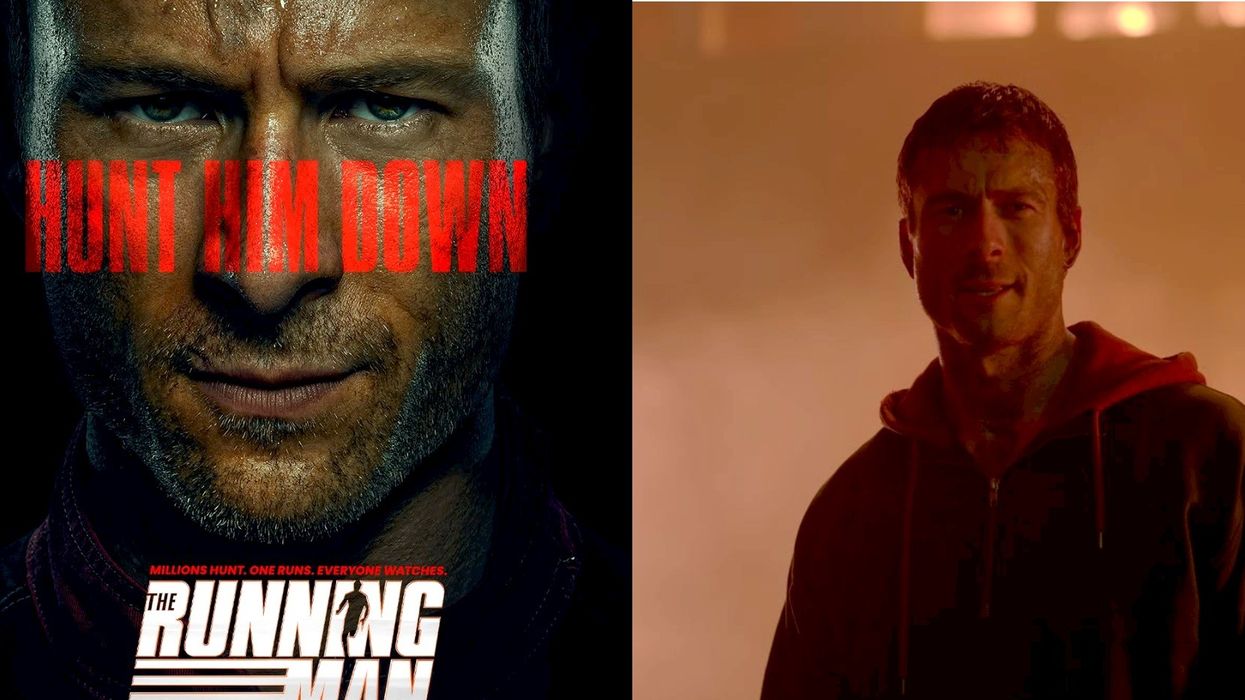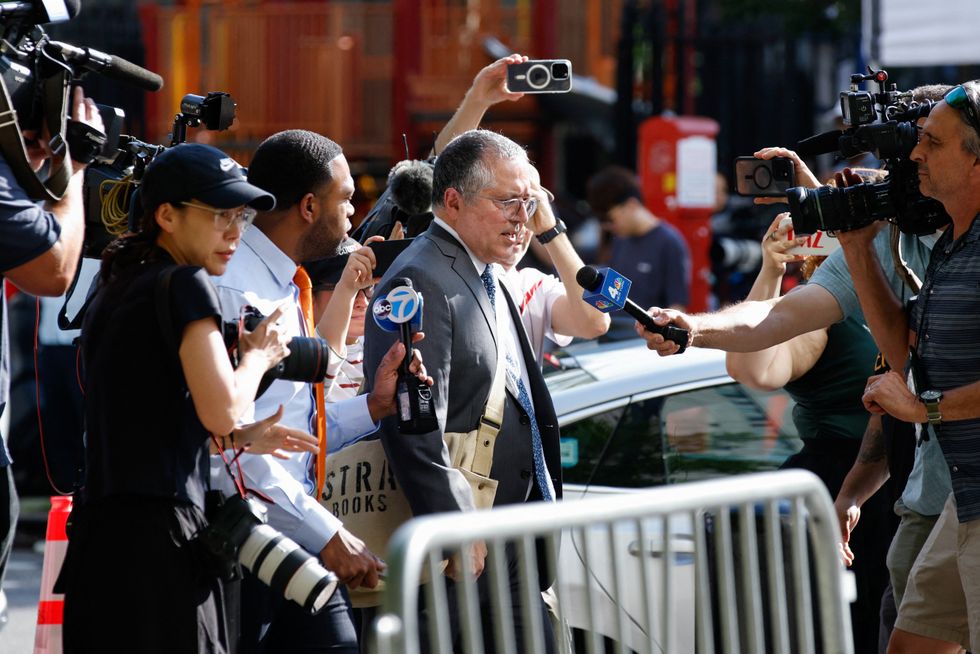The Odagiri Effect, named after Japanese actor Joe Odagiri, is a fascinating phenomenon where TV shows and media attract a larger-than-expected female audience due to the presence of attractive male leads. While initially observed in Japan, this trend has gone global, influencing everything from Western dramas to anime. This trend has gone global, and in 2025, it’s become stronger than ever, proving that women’s desire for compelling, visually appealing male characters is a market force to be reckoned with.

But while the effect has undeniable benefits expanding the audience of shows beyond their intended demographics, it also raises questions about representation, realism, and gender expectations in media. Here are five of the biggest shows that exemplify the Odagiri Effect, particularly among British Asian audiences.
1. Ross Poldark from Poldark
Aidan Turner’s brooding portrayal of Ross Poldark has been a magnet for female viewers since the show’s debut. The final season in 2025 has only amplified his appeal, with shirtless scenes and romantic tension driving viewership. British Asian audiences, in particular, have embraced the show’s blend of historical drama and steamy romance, making it a cultural staple.

2. Jonathan Pine from The Night Manager
Tom Hiddleston’s suave performance as Jonathan Pine continues to draw female fans. The 2025 revival of this spy thriller has reignited interest, with Hiddleston’s charm and a certain infamous "naked buttocks" scene still trending. Its international appeal, especially among women highlights the Odagiri Effect’s impact.

3. Yuri!!! on Ice
What started as a figure-skating anime has grown into a global phenomenon. This sports anime has always had a massive female following, thanks to its attractive male leads and subtle romantic undertones. The 2025 movie release has reignited the fandom, with fans swooning over the chemistry between Viktor Nikiforov and Yuri Katsuki.

4. Demon Slayer: Kimetsu no Yaiba
While primarily a shonen anime, Demon Slayer has attracted a significant female audience due to its cast of handsome characters like Tanjiro, Giyu, and Rengoku. The 2025 release of a new arc has further boosted its popularity, with female fans dominating fan polls and merchandise sales. Its emotional storytelling and stunning animation resonate deeply with British Asian viewers.

5. The Royal Tutor
The live-action adaptation of this popular anime has become a global sensation. With its cast of bishonen (pretty boy) princes, the show has drawn a large female fanbase, particularly in British Asian communities. The deliberate use of attractive male leads makes it a textbook example of the Odagiri Effect in modern media.

The Bigger Picture
The Odagiri Effect isn’t just about eye candy—it’s proof that female audiences have serious sway in shaping what the world watches. For too long, the industry assumed women would settle for whatever was served up. Now, they’re making it clear: they know what they want, and they’re showing up for it.

But it’s not all smooth sailing. Are these shows truly giving women better representation, or just flipping the gaze in a different direction? And in anime, does the idealisation of male characters sometimes cross into problematic territory, especially in BL and Yaoi genres?
Still, one thing is certain—the Odagiri Effect is no longer just a fleeting niche trend. It is reshaping the global entertainment landscape, ensuring that women’s tastes and preferences are finally taking centre stage.







 Apsana Begum
Apsana Begum









 Diddy trial jury raises alarm over juror and demands key witness testimoniesGetty Images
Diddy trial jury raises alarm over juror and demands key witness testimoniesGetty Images  Marc Agnifilo, attorney for Sean "Diddy" Combs, arrives at federal courtGetty Images
Marc Agnifilo, attorney for Sean "Diddy" Combs, arrives at federal courtGetty Images  Sean 'Puffy' Combs arrives at Manhattan Supreme Court in 2001Getty Images
Sean 'Puffy' Combs arrives at Manhattan Supreme Court in 2001Getty Images

